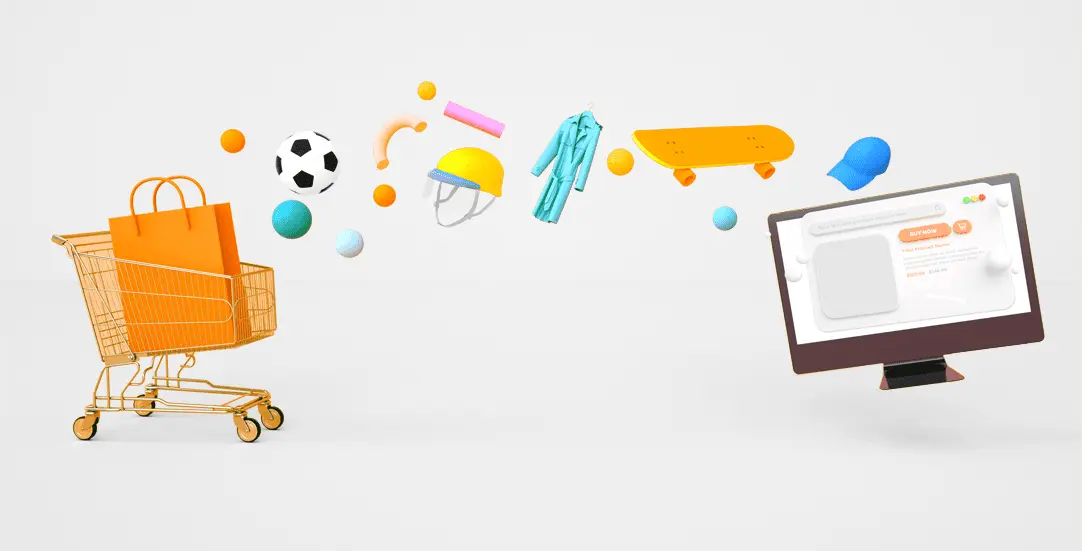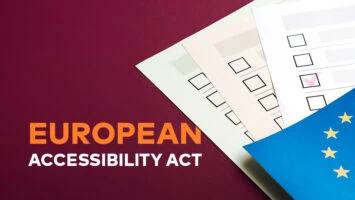Webrooming and showrooming

Do you know why your Customers visit your online store and read opinions about your services?
Do they really want to make a purchase? Or are they only looking for information on products, the return policy, shipping costs, availability, or the locations of your traditional stores? The type of intention associated with your Customers is associated with the patterns of making a decision about a purchase. We currently distinguish two main types of making a purchase.
Showrooming – the Customer makes the final purchase online but goes to a brick-and-mortar store first to see the product he wants.
Webrooming – the Customer purchases the product at the physical store, but the selection process takes place online where he looks for information about the seller, product, sale and return policy in a given company. Appliances, electronics, and apparel are popular categories for webrooming.
For B2C business owners this is a clear sign that in order to reach all potential Customers, they should be in two places at the same time – online and offline. Both in-store and online purchases should work in tandem to deliver the best possible customer experience and create a unified omnichannel strategy.
Of course, the choice of a pattern the Customer follows is related to the psychology and behaviors of a specific individual and the fulfillment of their social needs through appropriate marketing tools.
What is important to individuals that follow the showrooming trend? What will convince a webrooming person? Check out what to do so that your brand speaks the language of both groups. The set of marketing tools for both types is quite similar, the differences are in the message directed at the Customer and what appeals to them the most.
What you should pay attention to
- Write using the language of your audiences about the things that interest them
Those that buy products in the showrooming model need “tangible proof” that the product fulfills their expectations. An online, detailed description alone is definitely not enough for them to make a decision. Make sure your Customer can “reserve” the product in the online shopping cart with the information where he can currently find it offline. Let him know how he can reach your shop, allow him to arrange a meeting with the consultant while ensuring the product will be waiting in the online shopping basket. Webrooming individuals spend a lot of time searching and comparing products online. A detailed description of a product, user opinions and videos with instructions, or influencer suggestions are all parts of multichannel communication that will satisfy the need for information collection. Additionally, the ability to reserve a product and make the purchase in store will make the webrooming person come back to you for more in the future.
- Let yourself be found
Do what you can to be visible both offline and online. Both shopping groups have the same goal – they would like to buy something, so they begin the search process. Here, particularly in the digital era, the rule “first come, first served” is the key. Apart from paid ads in search engines and product ads focusing on prices, let yourself be found offline as well. Using geolocation, Push notifications and NFT technology, you can attract a random Customer who hasn’t heard about you yet and is looking for similar products, or you may be quickly found by Customers who have a reservation at one of your physical stores and would like to complete the purchase process.
- Do not make a decision for the Customer
Each of us is different and has other motivations for action. Everyone defines a process differently. Let your business function the way the Customer does. How to achieve this? Thanks to technological integrations, your business will become more flexible and adapted to behavior patterns.
Which ones will work for you
- Take care of your stock
Integrate your warehouses so Customers receive clear information on product location and availability. Thanks to this, you will also see the shopping habits in specific locations and in the online store. You will be able to easily check whether all products are sold in the same mode. It may turn out that shopping carts up to a specific price are filled following the showrooming trend, while anything above a certain threshold is based on webrooming.
- Combine online and offline services
Mix the needs of the entire target group. Introduce the possibility of reserving products in store through the website, or add the possibility of offline returns for those shopping online. All in an effort to satisfy one of the most basic needs of Customers – the need for safe purchases.
- Advertising mastery
Solve Customer problems through your products and ads in places where your Customer is present. You do not have to attack your Customer non-stop with product ads he just clicked (due to a large number of ad materials, we are currently “blind” for any ads). Check Customer behavior and present the items he needs. If a Customer is looking for an off-road car with a bicycle carrier, you may be sure that the subject of extreme sports and bicycles is close to his heart, so it is worth presenting the newest bicycle models to such a Customer or offering their maintenance. Thanks to programmatic ads, it is easy to determine such target groups more accurately.



















